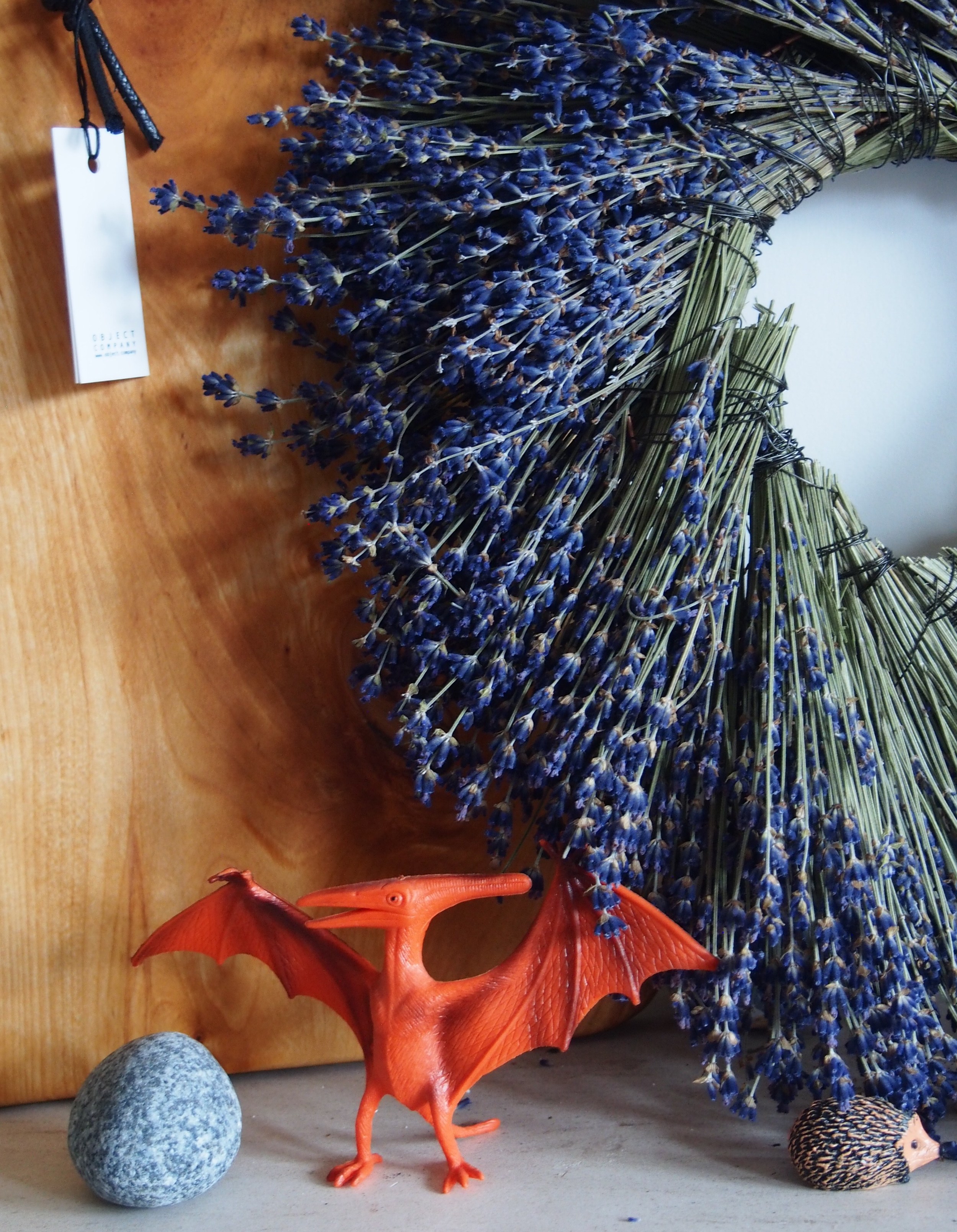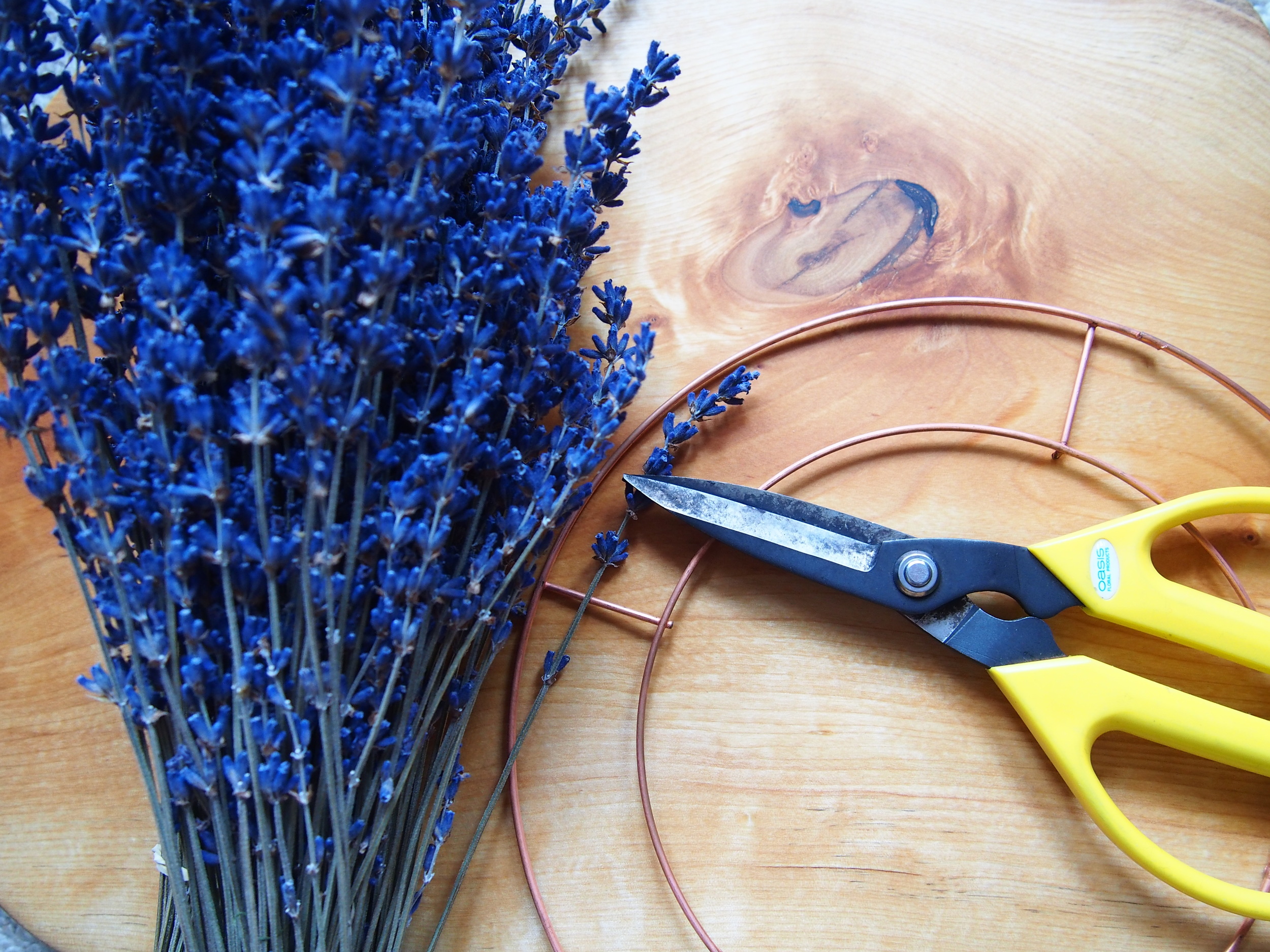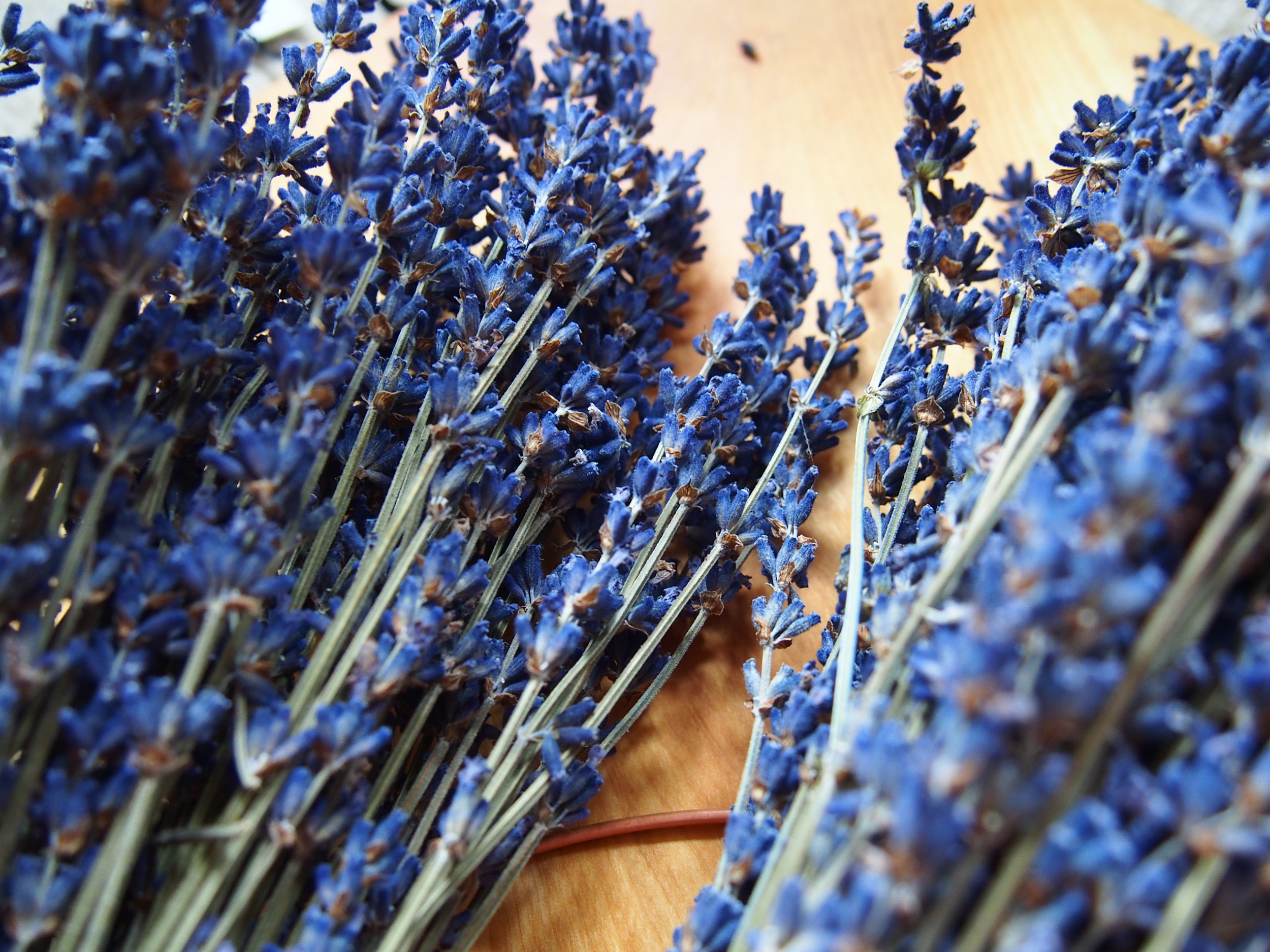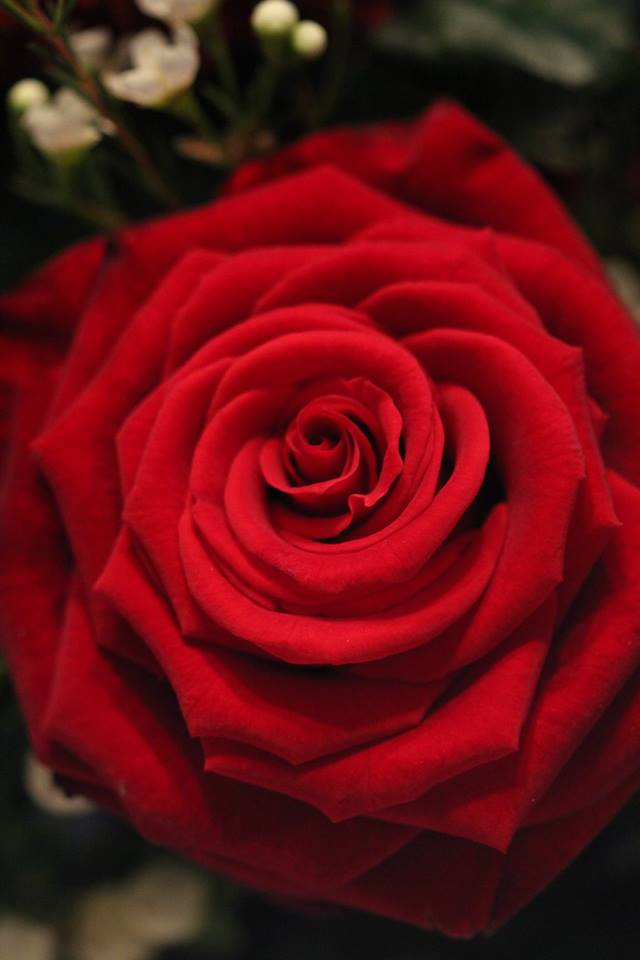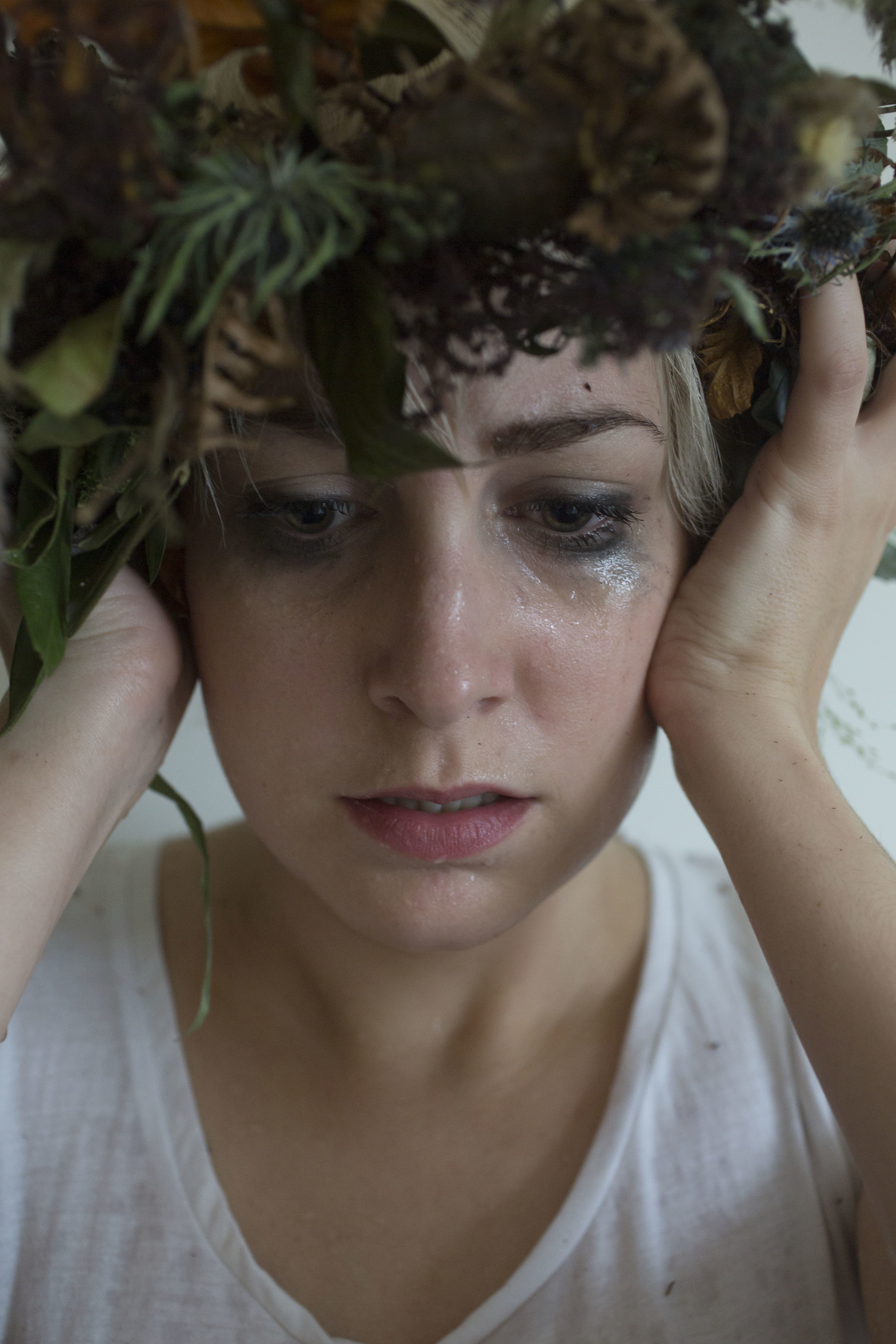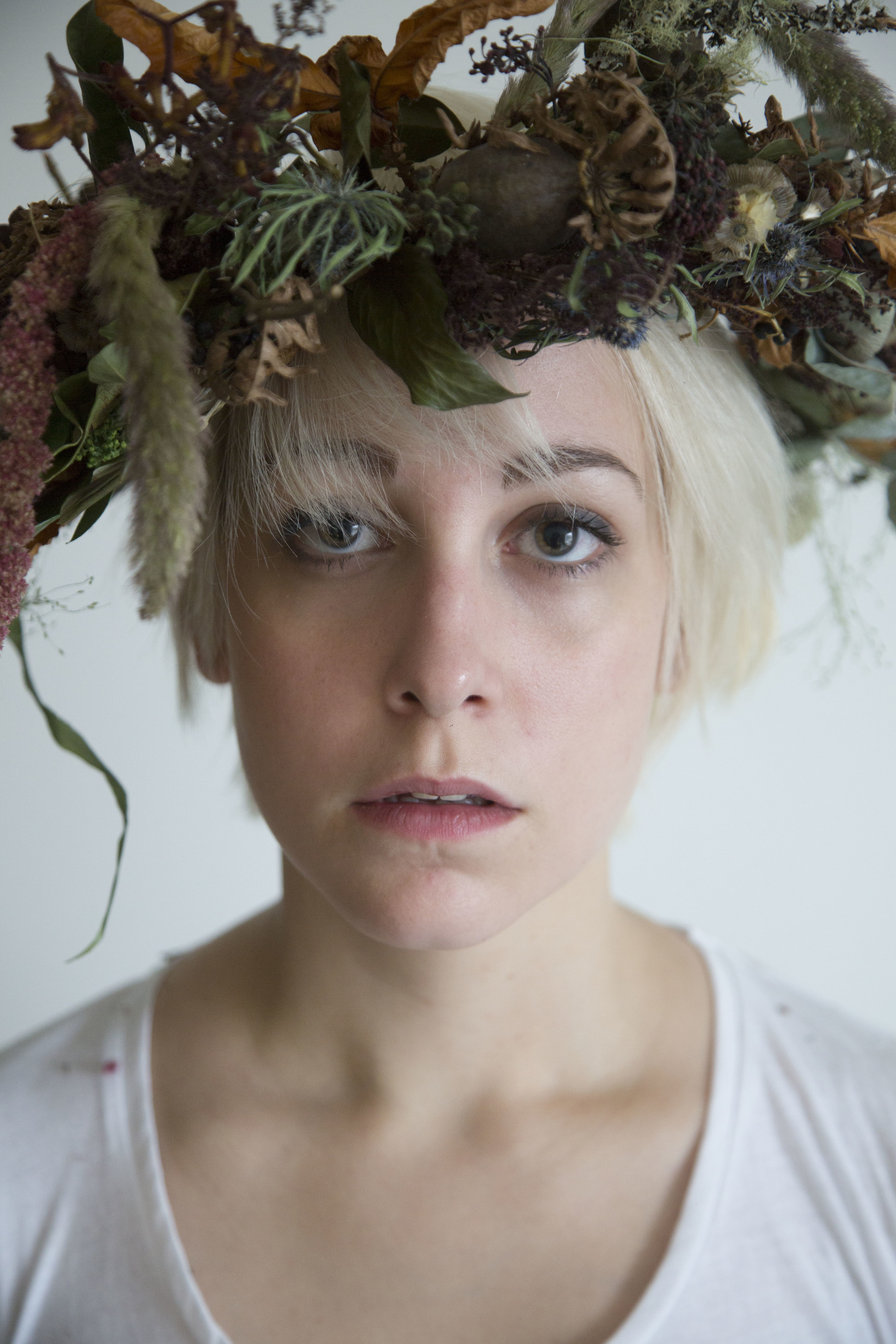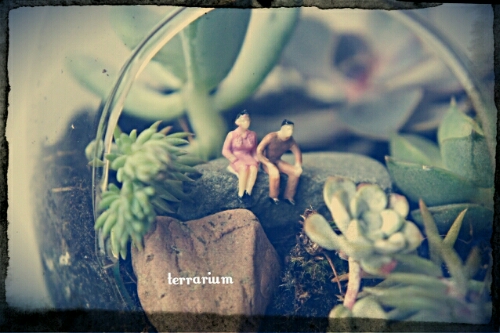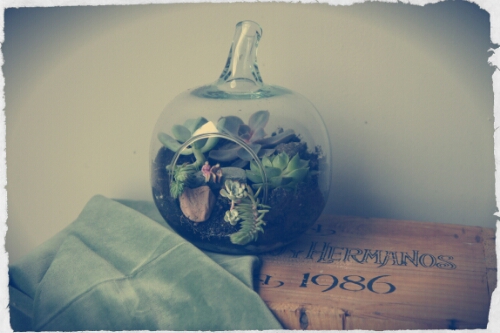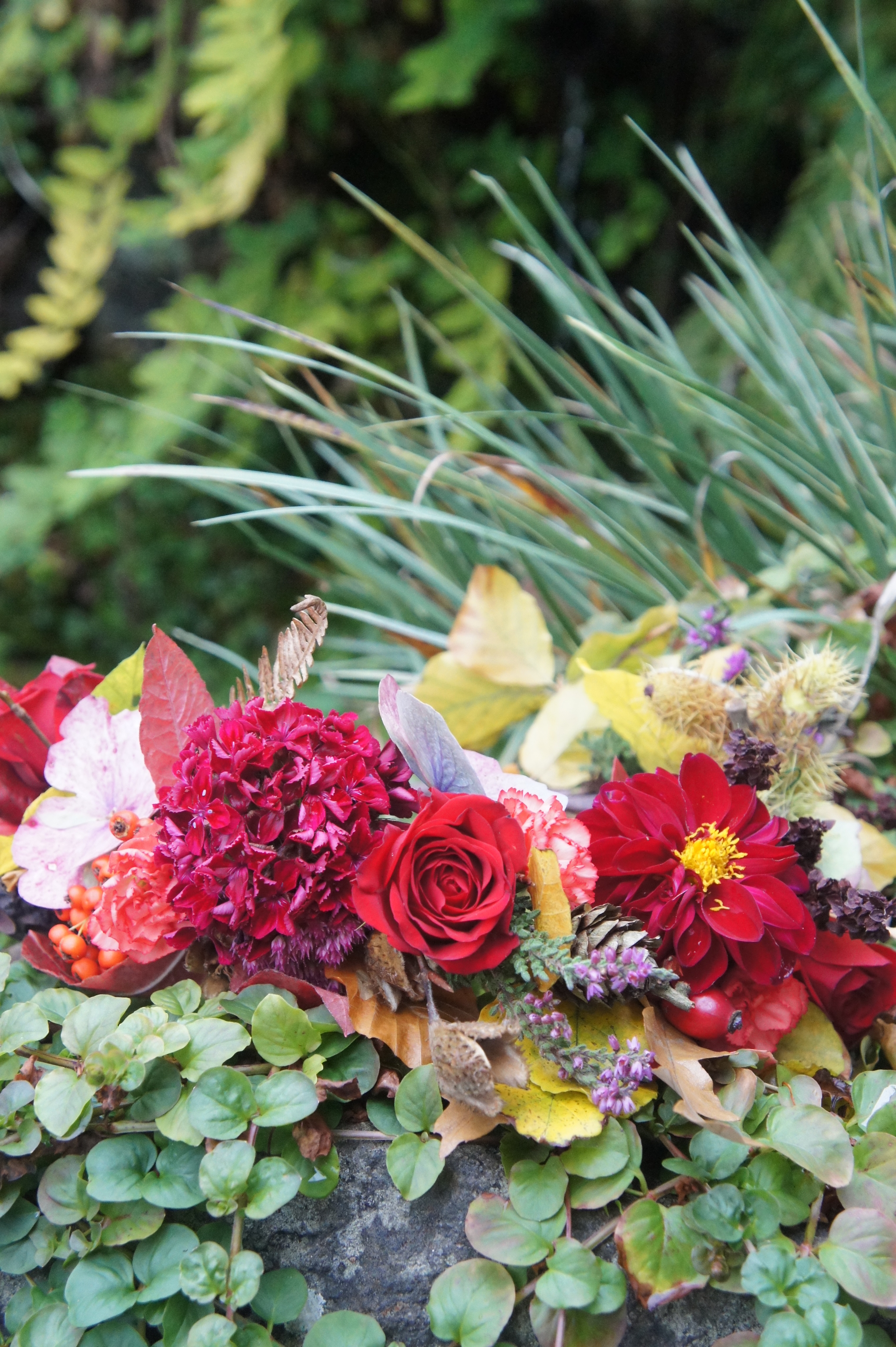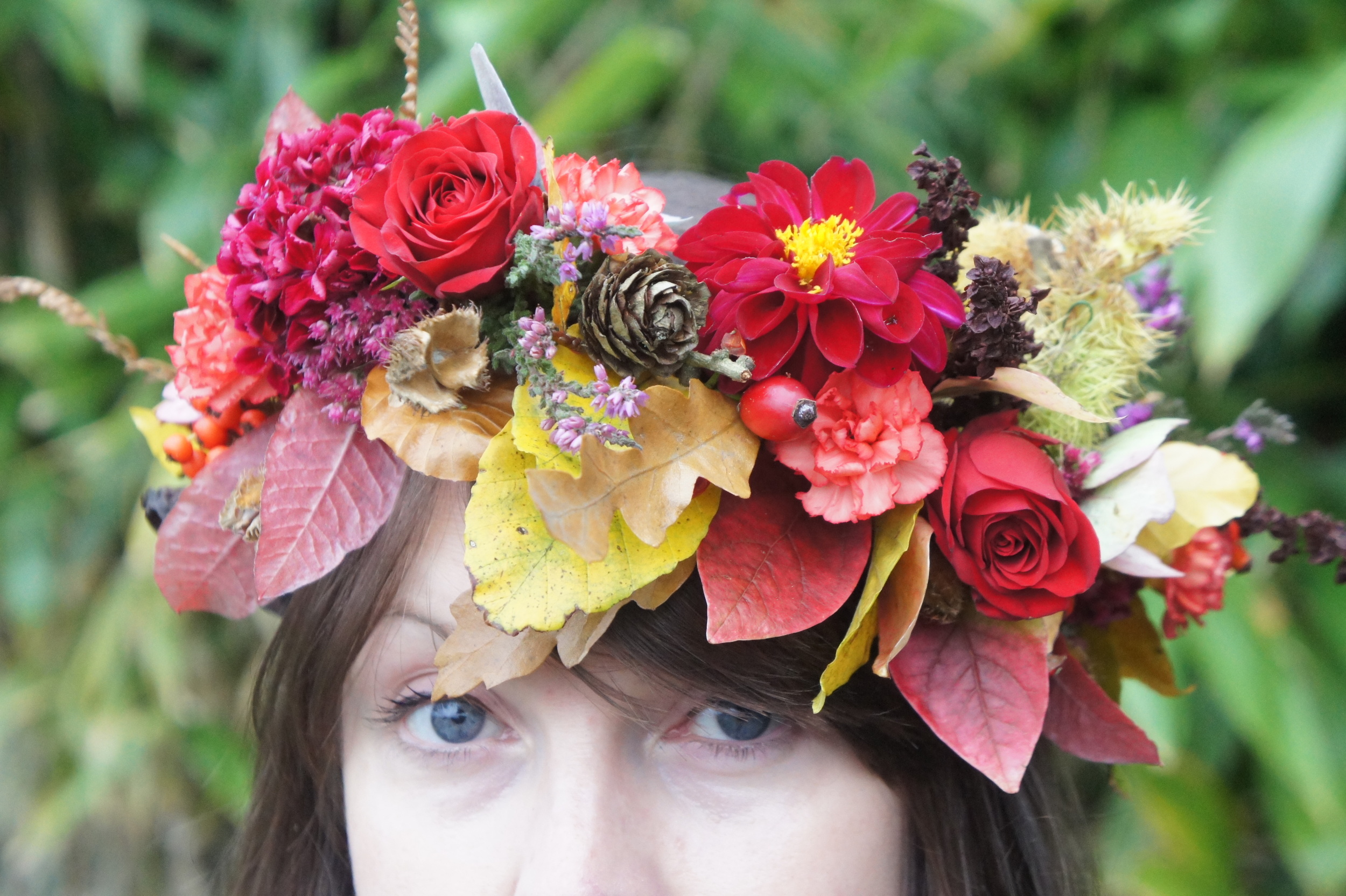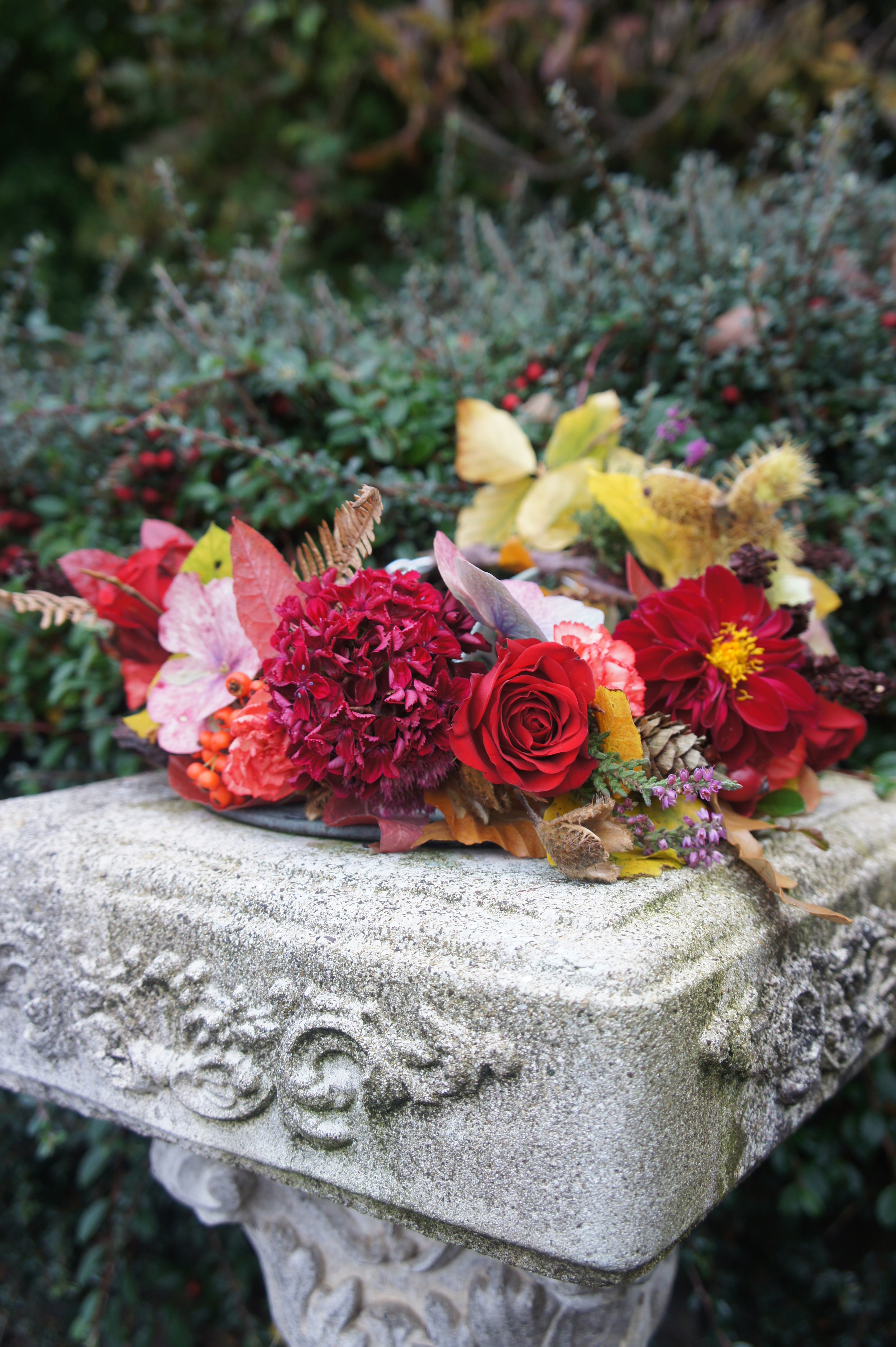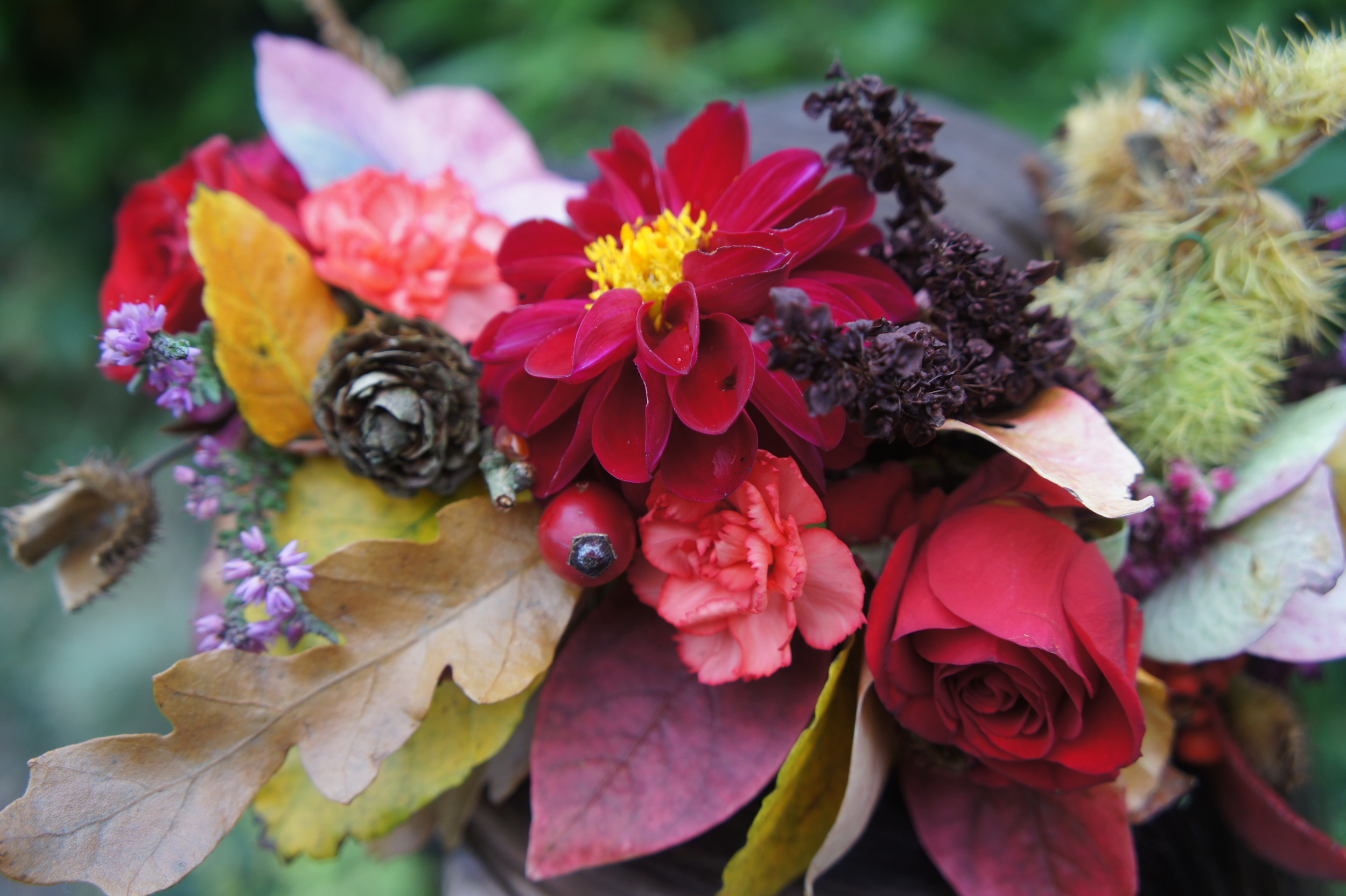Summer (of sorts) has finally arrived and with the warmer weather my annual battle with hordes of clothes moths has resumed. On the whole I don’t like killing bugs and spiders, but when a moth looms near my knitwear collection or wool stash there is no other option. One of the “cures” often touted against moths is lavender, so I’m using this as a good excuse to make a wreath of dried lavender to hang in the house and ward off the evil blighters.
Lavender comes from the Latin ‘lavare’ meaning to wash and its fragrant flowers are used extensively in herbal medicine and beauty products. From Roman times to the current day lavender has been added to baths, burnt for its smell and the Victorians even used to sew small sachets of it into their clothing to act as deodorant.
Sources differ about what its meaning is from mistrust to love or devotion depending on what text you consult. The idea of ‘mistrust’ stems from when the plant original only grew in hot climates and it was thought that the asp used to often be found living under the shrubs.
For me, lavender reminds me of my childhood, of sitting in the little blue and white courtyard garden that was my mother’s haven and smelling the scent of the flowers and the garden roses that climbed the walls.
Hopefully the clothes moths will have none of these positive associations and will flee once I hang up my new wreath. They are easy to make all you need is dried lavender, reel wire and a wreath frame, but if that sounds like hard work you can order one to size from me, and I also offer a wheat version or mixed lavender and wheat wreath (I’m not sure what the effect on the moths is of wheat but it looks nice!)

